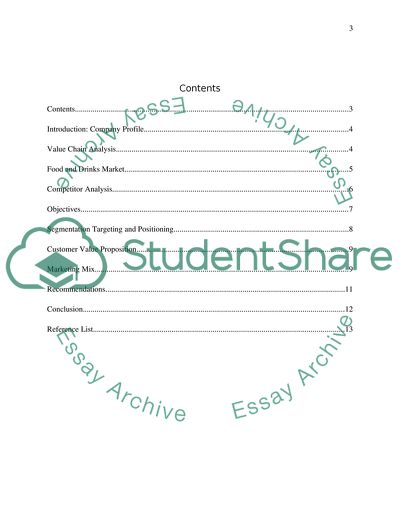Cite this document
(Introduction to marketing Case Study Example | Topics and Well Written Essays - 2000 words - 1, n.d.)
Introduction to marketing Case Study Example | Topics and Well Written Essays - 2000 words - 1. https://studentshare.org/marketing/1832209-introduction-to-marketing
Introduction to marketing Case Study Example | Topics and Well Written Essays - 2000 words - 1. https://studentshare.org/marketing/1832209-introduction-to-marketing
(Introduction to Marketing Case Study Example | Topics and Well Written Essays - 2000 Words - 1)
Introduction to Marketing Case Study Example | Topics and Well Written Essays - 2000 Words - 1. https://studentshare.org/marketing/1832209-introduction-to-marketing.
Introduction to Marketing Case Study Example | Topics and Well Written Essays - 2000 Words - 1. https://studentshare.org/marketing/1832209-introduction-to-marketing.
“Introduction to Marketing Case Study Example | Topics and Well Written Essays - 2000 Words - 1”. https://studentshare.org/marketing/1832209-introduction-to-marketing.


